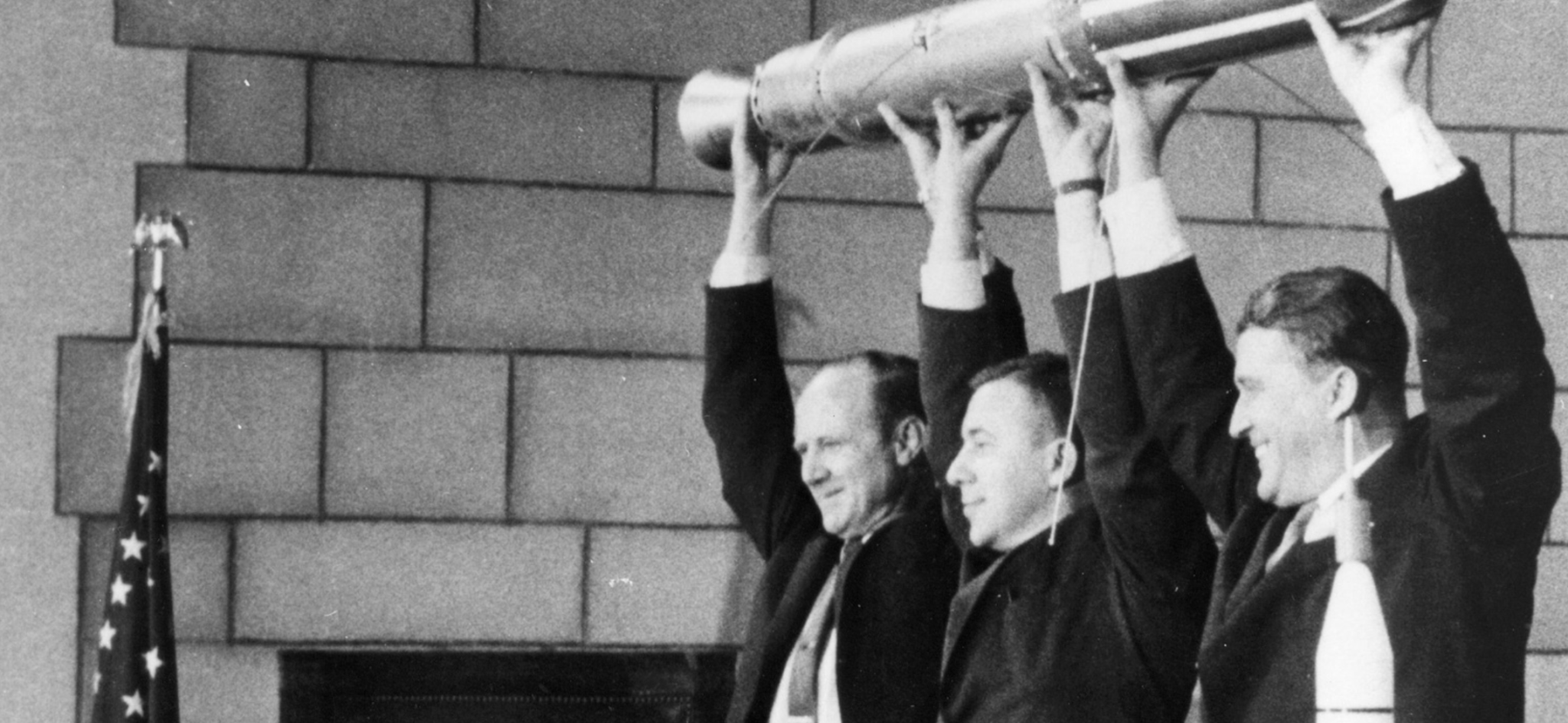Launch and Orbit
January 31, 1958 – Launch
May 23, 1958 – Signal ended when batteries ran out
March 31, 1970 – Burned up on re-entry over Pacific Ocean
Orbited Earth once every 114.8 minutes after launch, or 12.54 orbits per day
Completed 58,000 orbits times before returning to Earth in March 1970
Orbit path took it as close as 354 kilometers (220 miles) to Earth and as far as 2,515 kilometers (1,563 miles) from Earth
Science Experiments
Cosmic Ray Package – A Geiger counter that measured charged particles
Micrometeorite Microphone and Erosion Gauges – Measuring devices that detected hits from micrometeorites, or tiny meteorites
Spacecraft Dimensions (not including rocket)
Length: 203 centimeters (80 inches)
Width: 15.9 centimeters (6.25 inches) in diameter
Weight: 14 kilograms (30.66 pounds)
Pre-Explorer Milestones
February 24, 1949 – The first craft in space, nicknamed the “Bumper WAC,” reached an altitude of 244 miles. The Bumper WAC teamed researchers at the newly named Jet Propulsion Laboratory in Pasadena, Calif., with German rocket scientist Wernher von Braun and his group of researchers, who surrendered to the U.S. at the end of World War II.
October 4, 1957- The Soviet Union successfully launched the world’s first satellite, Sputnik I, into orbit around the Earth.
November 3, 1957- The Soviets successfully launch the larger satellite Sputnik II into orbit around the Earth. A dog named Laika onboard Sputnik II became Earth’s first space traveler.
December 6, 1957- The Navy’s Vanguard, the first U.S. attempt to launch an Earth-orbiting satellite, rose a few feet above the ground but then fell back to Earth and burst into flames. On March 17, 1958, the Navy successfully launched Vanguard 1. It remains in orbit today as the oldest human-made object in space.




























